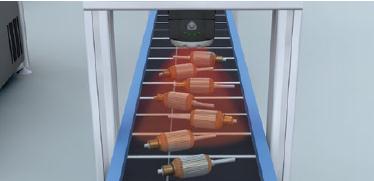Picture this scenario. You, your spouse, or one of your kids happens to be riding one night in the middle of nowhere when a tire blows on the car. First, we can only hope that your loved one remembered the lesson they received on how to change a flat tire in a pinch (if we gave it to them in the first place), because on this particular night, there’s no cell coverage where they’re at, AAA isn’t going to get to them very quickly, there isn’t a can of Flat Fix in the trunk, and there isn’t much traffic on the road they’re traveling on for a good Samaritan to likely show up any time soon (the scenario is extreme, but not impossible). The jack kit sitting under the spare tire is going to seem pretty doggoned important, don’t you think?
We take a lot for granted these days and for those of us who have been involved in the world of factory automation for many years, getting to work with customers to help solve Error-Proofing challenges on the plant floor is like one big “Class Trip” every single day! It’s kind of like providing our customers with “toys for adults”. And it’s a real hoot. We get to see how stuff is made, get the opportunity to help manufacturers build better products through our Error-Proofing sensing technologies and learn over time which end products to buy and which ones to shy away from! We also quickly realize the extreme importance of the DETAIL! Like the components in the emergency jack kit! What if the main handle was missing when you or your relative went to jack up the car? What if there wasn’t any grease on the main lift shaft threads and the car couldn’t be raised? What if other parts were missing from the kit? Not a good scenario.
Continue reading “”Well Jack Me Up!” – Error Proofing a Car Jack Kit”
Like this:
Like Loading...



